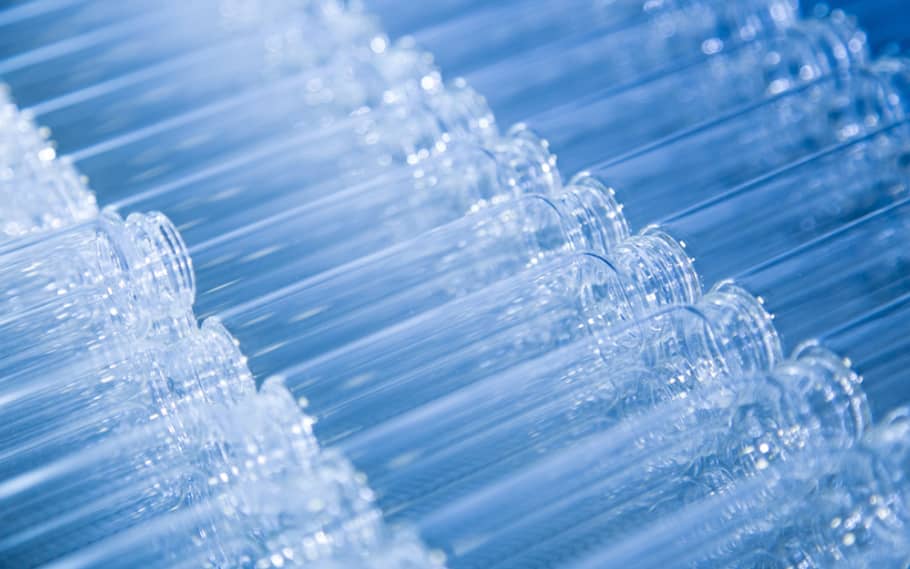Water plays a central role in the production of pharmaceuticals. The most stringent quality requirements apply to pharmaceutical water, both as a product component and in industrial consumption. Physico-chemical and microbiological quality control are essential for manufacturing in accordance with GMP and are prescribed by law.
As a GMP accredited and FDA registered contract laboratory in Switzerland, we can test pharmaceutical water for you in all quality grades according to current pharmacopoeia methods. With our own transport service to deal with sampling logistics, we can ensure the timely implementation of the microbiological analysis.
Would you like to know which tests you require, or would you like support in sampling? We are very happy to advise you and can provide you with the suitable vessels.





![[Translate to english:] Mikrobiologische Prüfung von z.B. Wasser für pharmazeutische Zwecke [Translate to english:] Mikrobiologische Prüfung von z.B. Wasser für pharmazeutische Zwecke](/fileadmin/Content/02_Pharma/Pharma_Wasseranalytik/wasseranalytik-03.jpg)